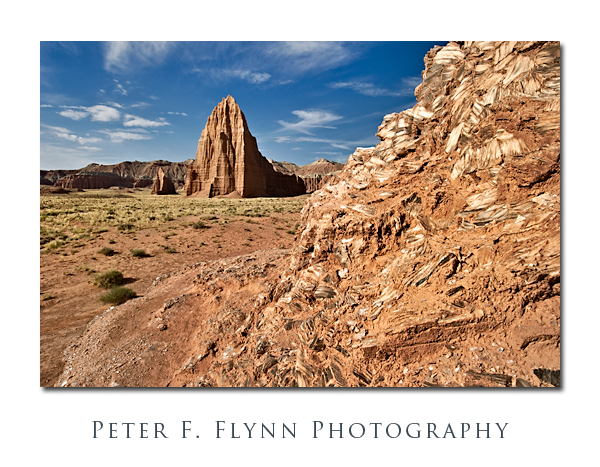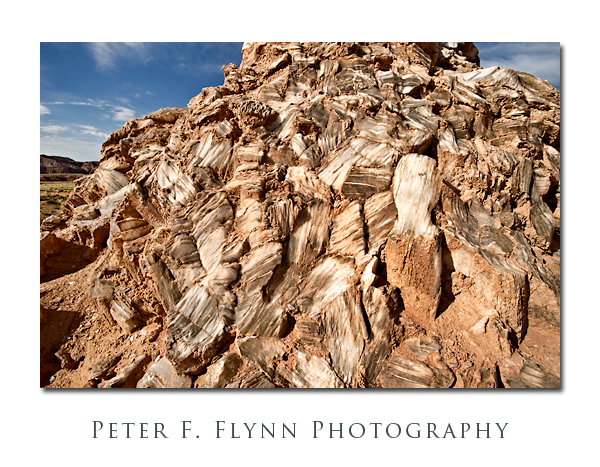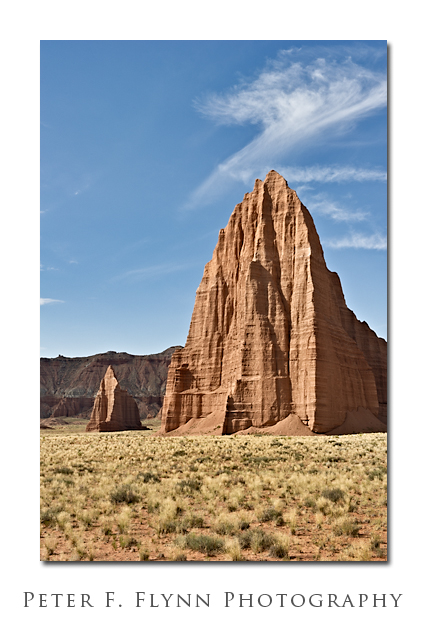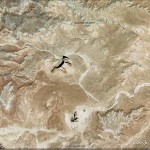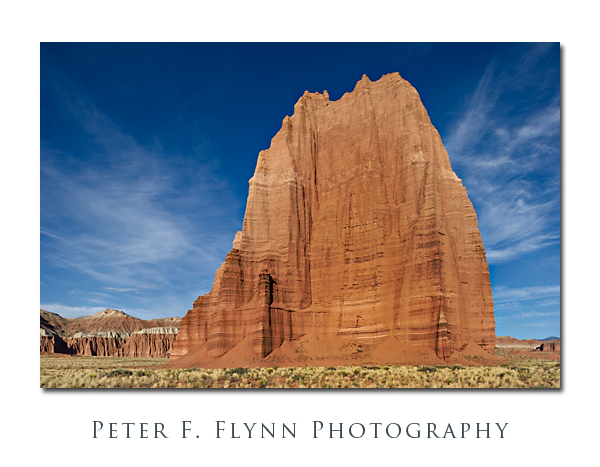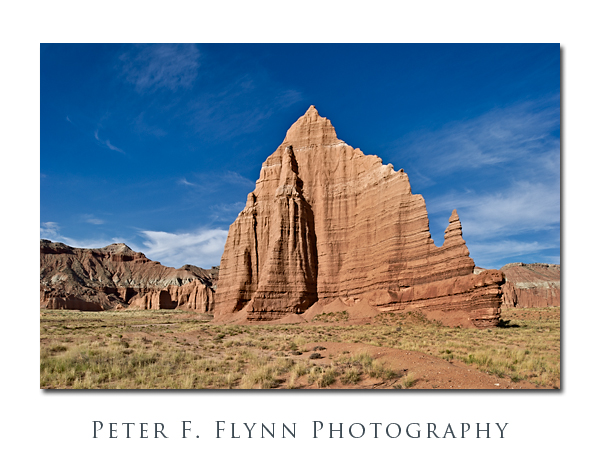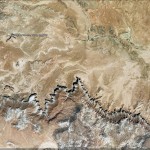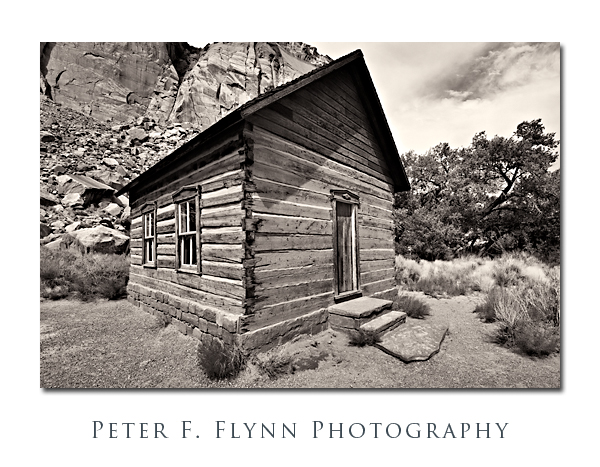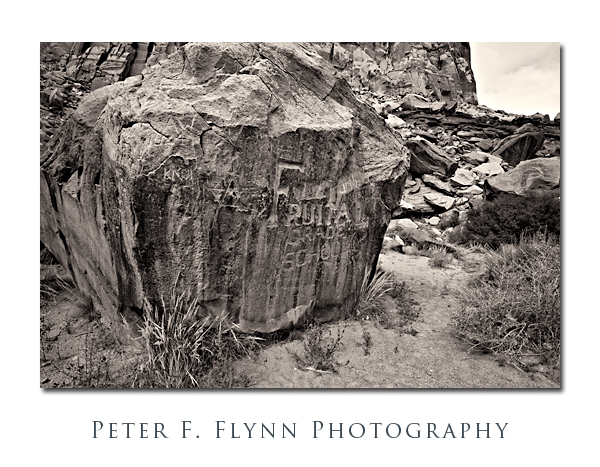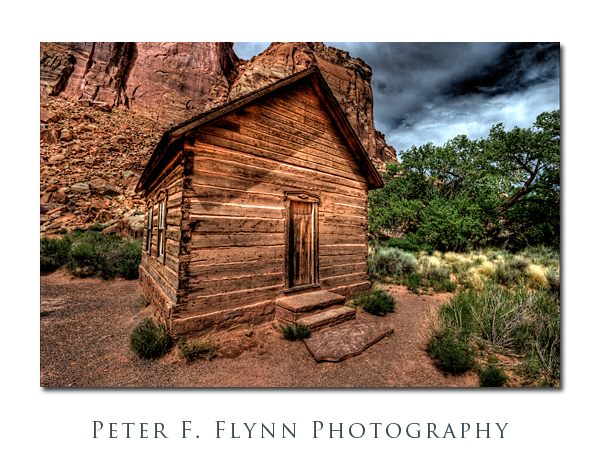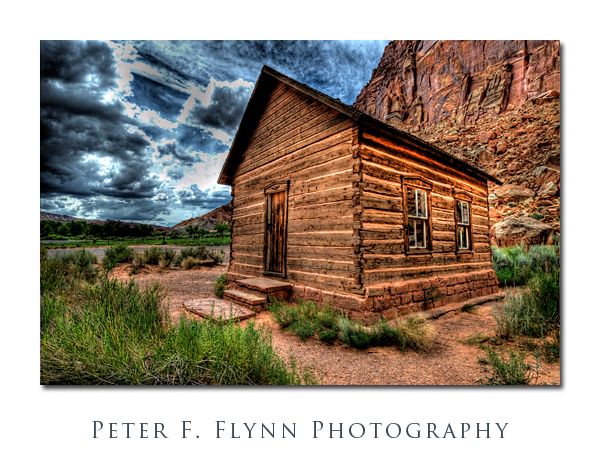It’s not really made of glass, of course, but if you are traveling in the Cathedral Valley of Capitol Reef National Park, the exposed mound of selenite crystals (gysum) is definitely worth a stop.
Glass Mountain is located about 0.5 miles north of the Temple of the Sun along a road that splits off from the path that leads to the Temples. The Mountain is a jumble of large crystals that rise about 20 feet from the valley floor. There is a fair amount of clay covering the crystals, and as shown below, there is likewise a significant amount of inclusions within the milky white crystals themselves.
Images of Glass Mountain were recorded at around 09:15 on July 23, 2010, using the Nikon D3s and AF-S NIKKOR 16-35mm f/4.0G VR ED at the 20mmk (first image) or 16mm (2nd image). Exposure was f/16.0 and 1/250s or 1/400s, ISO 400.
In addition to the obvious setup with Glass Mountain in the foreground and the Temple of the Sun and the Temple of the Moon in the background, this spot is also an excellent location from which to make a medium telephone shot of the Temples alone as shown below.
The image of the Temples of the Sun and Moon was recorded using the AF-S NIKKOR 24-70mm f/2.8G ED lens at 52mm. Exposure was f/16.0 and 1/80s, ISO 200.
GPS coordinates of the site are 38° 27.2863′ N, 111° 11.5066′ W. A Google-Earth image of the site is shown below:
Copyright 2010 Peter F. Flynn. No usage permitted without prior written consent. All rights reserved.
